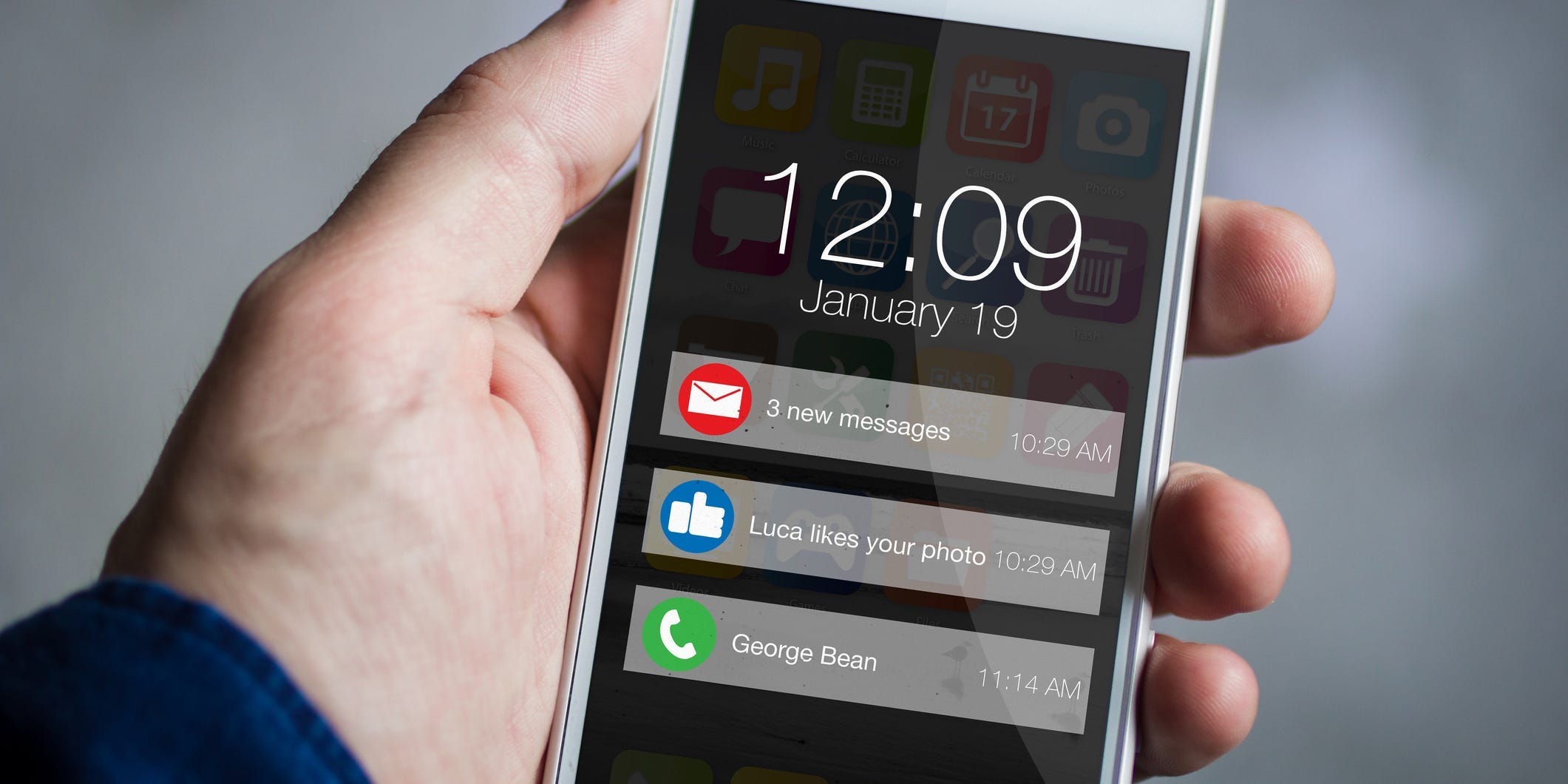
milindri/Getty Images
- Push notifications are the alerts that apps send to your phone or computer even when the apps aren't open.
- Often appearing at the top or side of your screen, nearly every popular app uses push notifications in some way.
- Although most apps don't let you control when you receive push notifications, you can disable them on any of your devices.
- Visit Insider's Tech Reference library for more stories.
Whenever you open a new app on your smartphone, one of the first things the app will ask for is permission to send push notifications. Nearly every modern app uses them, and they're a central part of everyday life.
But what are push notifications, and why are they so important? Here's what you should know.
What are push notifications?
In short, push notifications are alerts that are "pushed" to your devices by apps, even when those apps aren't open. They're designed to catch your attention on smartphones, laptops, and even on smart watches.
When you first check your phone in the morning, you'll probably see a handful of push notifications that have come in overnight – text messages, missed calls, emails, weather alerts, and so forth.
Brands and companies use push notifications to drive users to their apps, devices, and websites. For a social media app like Instagram, you can enable push notifications to let you know when people like and comment on your posts, or when a friend is livestreaming.
An email app can send push notifications that let you preview the content of an email without having to open the app. Mobile ordering apps may alert you to new menu items or promotions to entice you to visit.
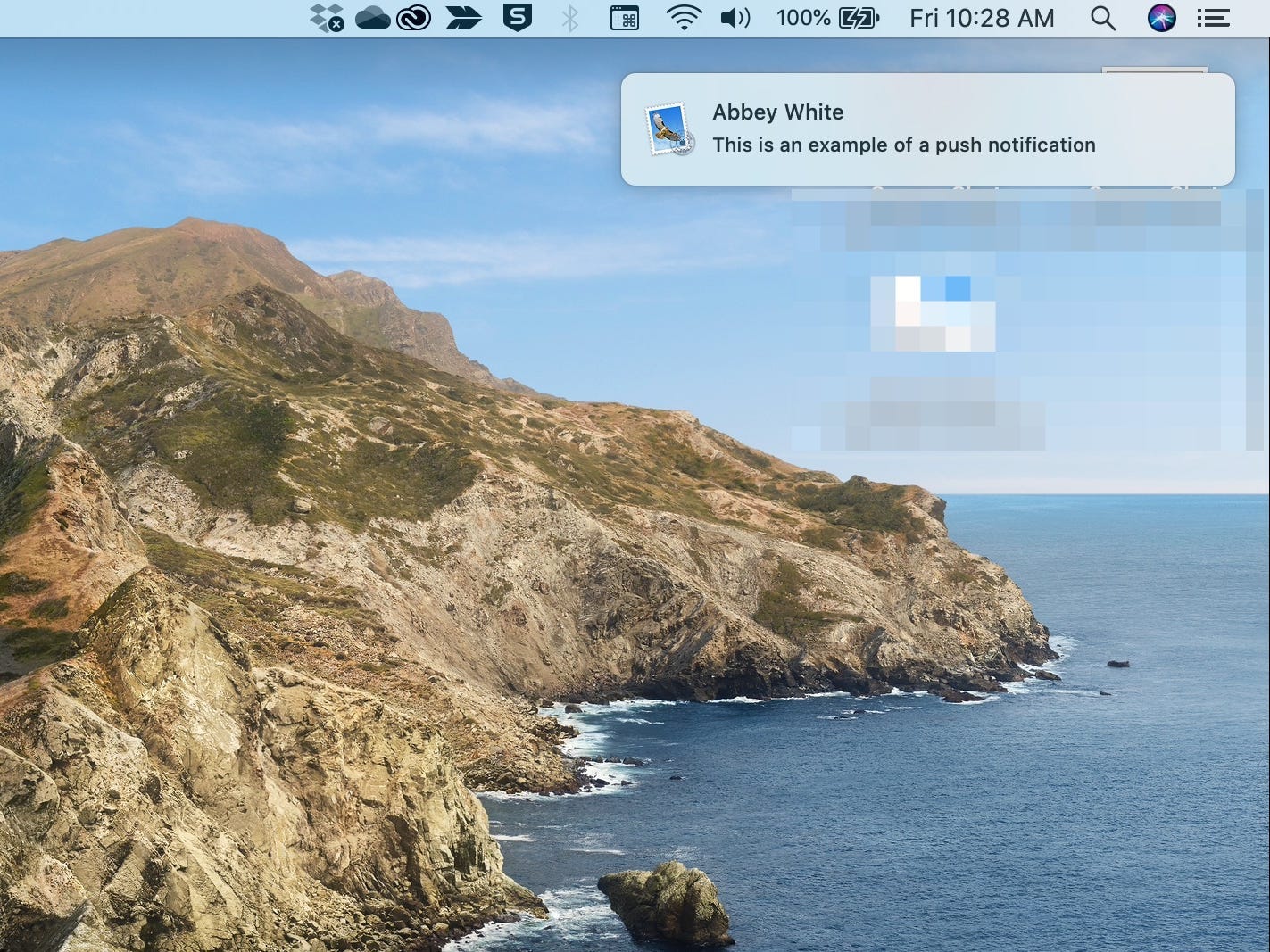
Abbey White/Insider
Laptop or desktop push notifications can include low battery warnings, updates, and backup reminders. A logo typically indicates which app is sending the push notification, followed by some text and sometimes an accompanying image.
Browser notifications, a special type of push notification, usually come from websites that want you to know about their new pages, deals, and more, depending on what the site focuses on. If your browser allows push notifications, and you visit a site that offers them, a prompt will appear asking you whether you want to allow or block them.
How push notifications work
Push notifications appear almost like thought bubbles on the lock screen of your phone or wearable device (like an Apple Watch). They can also pop up at the top of your screen as you're using your laptop, desktop, or web browser.
When you download an app, you may be asked to opt in to push notifications. If your browser allows push notifications, a prompt will appear asking you whether you want to allow or block them for the site you're visiting.
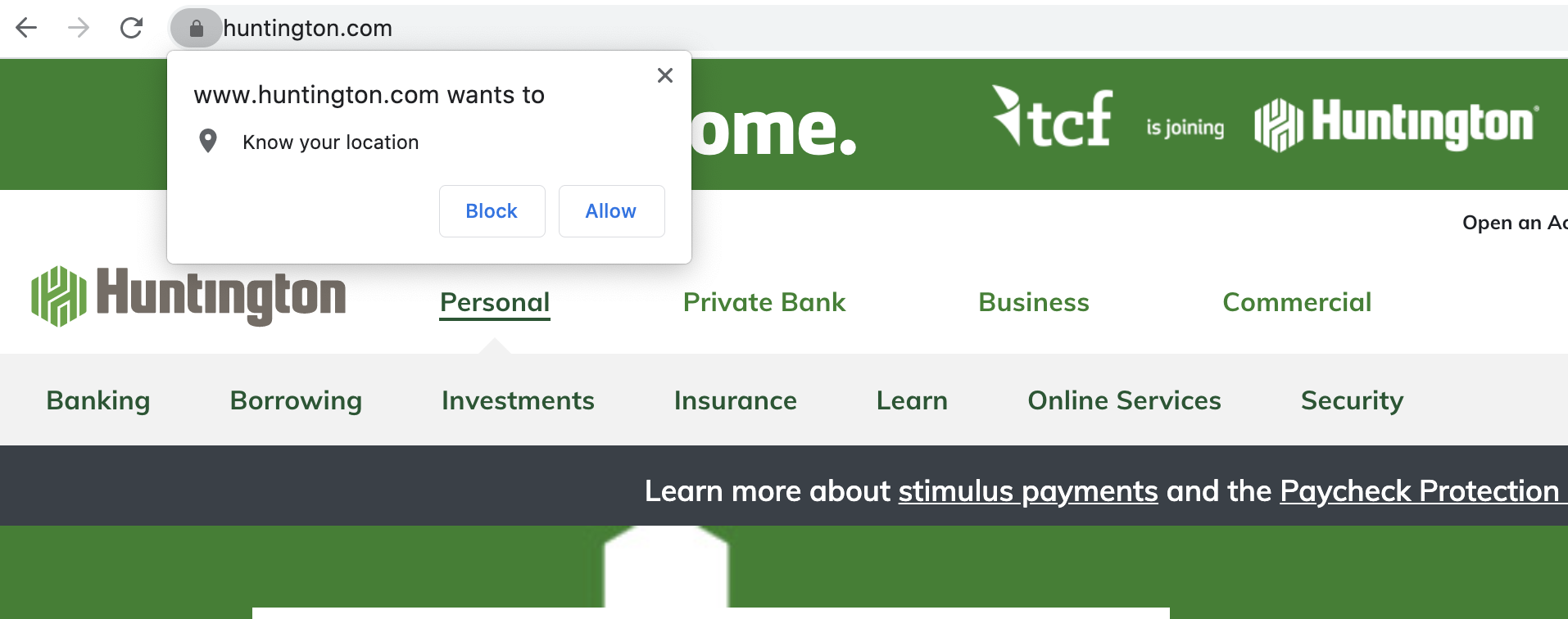
Abbey White/Insider
Location data is often used to curate push notifications so that users receive relevant information (like weather and traffic updates) or offers (promotions at nearby local businesses or branches). Like push notifications, sharing your location information is something you opt-in or out of when setting up your phone or installing an app.
If you opt-in or enable push notifications, you'll receive curated alerts from that app at any time. The same goes for browser, device, and program or software push alerts. In general, you don't decide what alerts you see or when. That's entirely up to the service pushing the alerts.
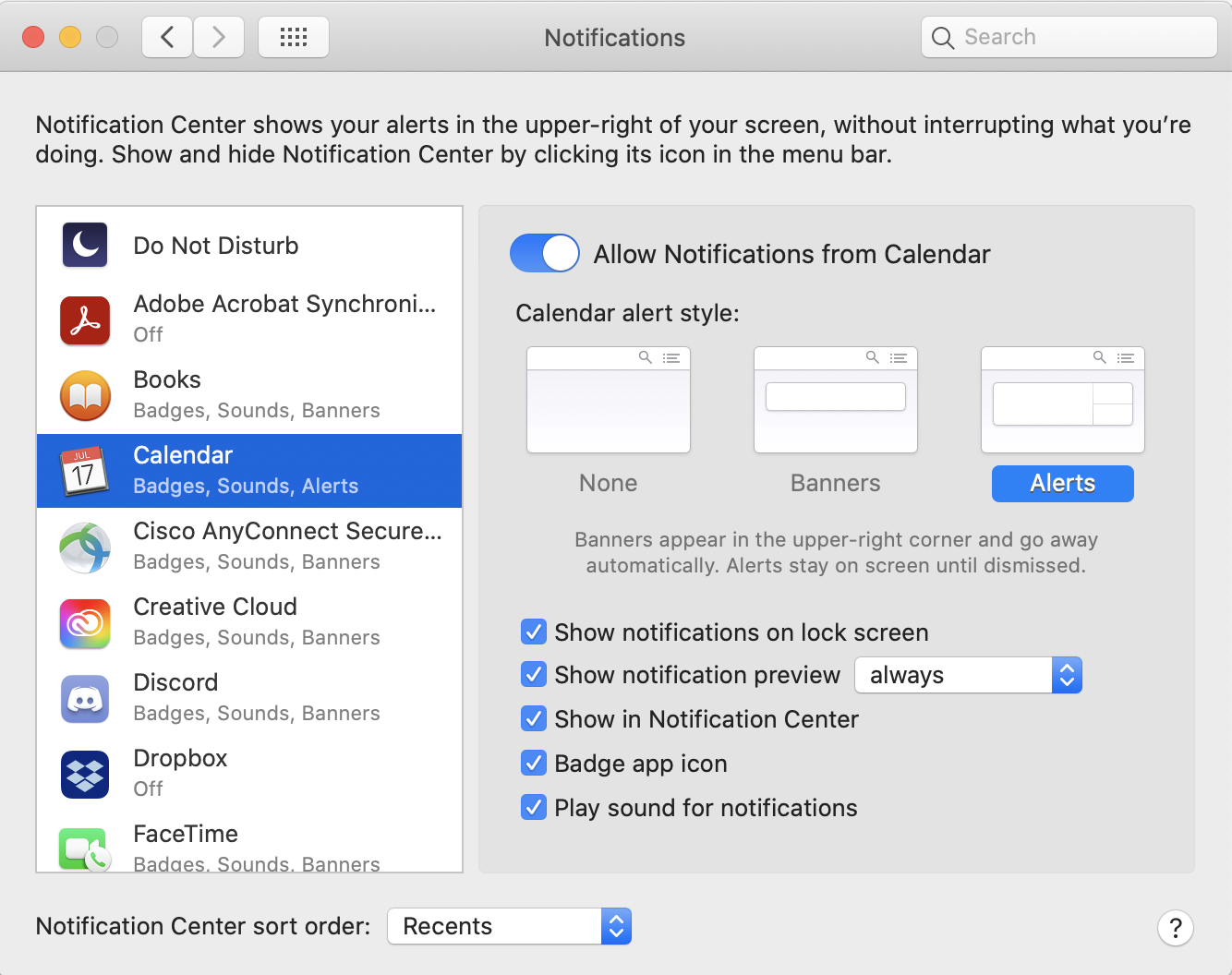
Abbey White/Insider
If that ultimately becomes a problem for you, the process for adjusting or blocking push notifications is essentially the same across devices. You can change your notification preferences through your device's settings, though where in your settings will be different depending on the device, app, or browser.
How are push notifications are different from other alerts
If you've ever seen a push notification on your lock screen or browser, you may have likened it to a text message. If you've opted-in to a brand or companies text alerts, they can look quite similar.
But push notifications differ from text messages in that you need to have the app or software installed on your phone to receive those push alerts, while texts only require your phone number.
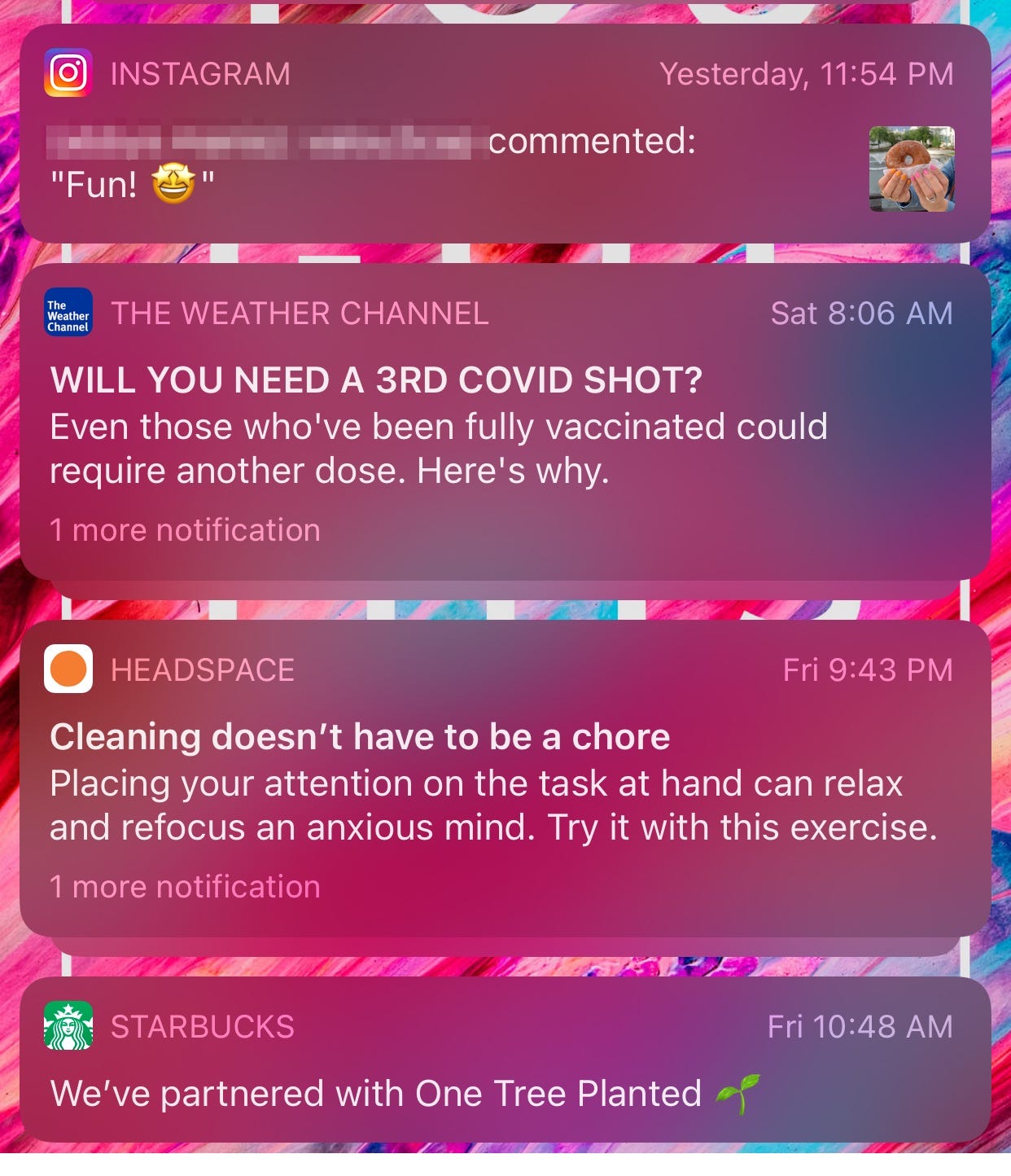
Abigail Abesamis Demarest/Insider